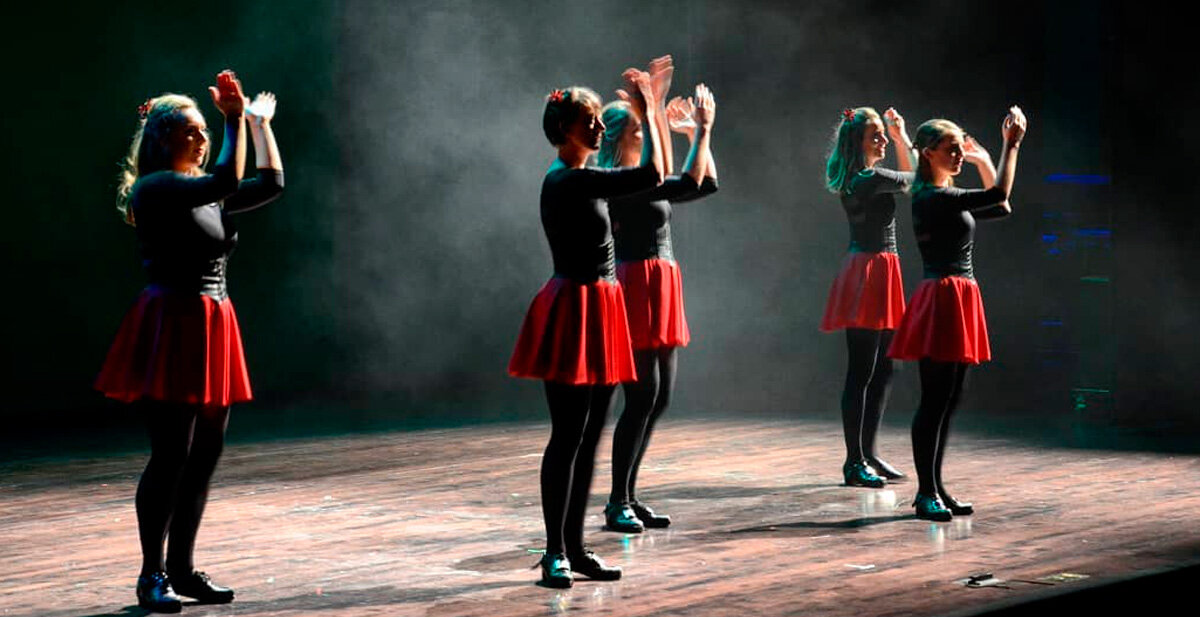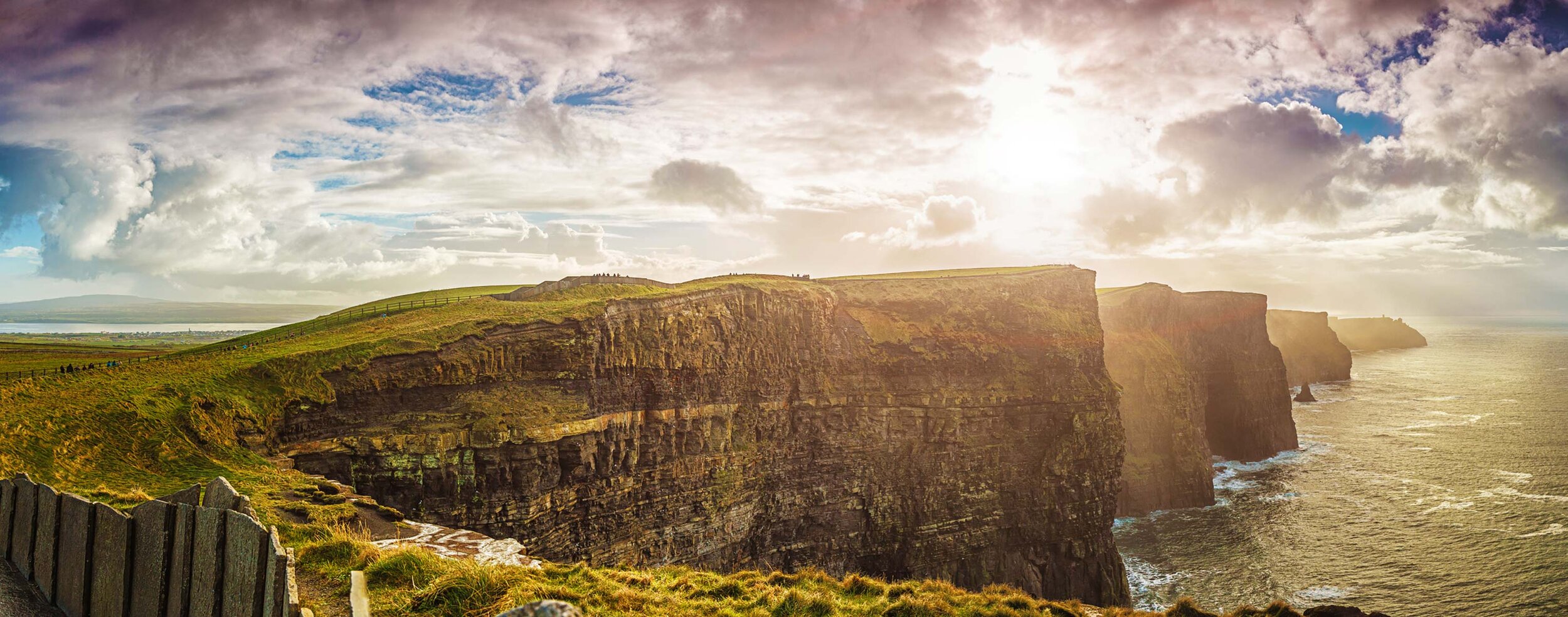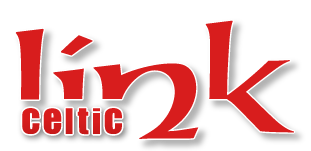
Celtic Festivals and Events…
Explore Festivals and Event in the Celtic Nations…
Introduction
If there’s one thing that unites the Celtic nations, it’s the love of a good festival or national celebration. From the saints’ days – including huge celebrations like St Patrick’s Day in Dublin, to events showcasing traditional music, dance, arts and sport, there’s usually something happening at any given time in the Celtic world.
Festivals cover music, dance, poetry, prose, food, arts & crafts and traditional Celtic games and sports. They range in size from event with thousands of performers and hundreds of thousands of visitors to local village ceilidhs with a few dozen participants.
We can barely scratch the surface of the Celtic festival world here so we’ll pick out a few events to give a flavour of its breadth and depth, in the ‘home’ nations themselves and also in the countries of the global Celtic diaspora. We’ll mention some of the most important festivals with a specifically Celtic flavour in each area and then leave you to discover the rest through our more comprehensive listing by location.
Brittany
With dozens of festivals of all sizes throughout the year, showcasing their cultural, musical, literary, maritime and culinary heritage, it’s clear that Bretons love a good celebration. Here are some of the highlights:
The Festival Le Cornouaille (http://www.festival-cornouaille.bzh/fr/) held in the western city of Quimper over six days in July is dedicated to Breton culture and has a history stretching back almost 90 years. With 180 Concerts and all kinds of entertainment, from competitions for the best bagpipe players to bell-ringers and dancers and the Great Sunday Parade where everyone dresses in traditional costume, the event attracts some 250,000 visitors.
The Festival of Brittany (https://www.fetedelabretagne.bzh/) takes place in May at locations all over Brittany, with more than 300 events showcasing Breton traditions.
The Festival Interceltique de Lorient (https://www.festival-interceltique.bzh/) is the daddy of them all, though as the world’s largest Celtic festival. This 10-day music, arts, dance, film and sport extravaganza is held annually at the beginning of August at Lorient on the south coast of Brittany. With 200 events and shows, it attracts some 800,000 festivalgoers and 4,5OO artists and is not only a celebration of Brittany’s Celtic tradition but also that of the British Isles and northern Spain.
Cornwall
Events in Cornwall tend to be on a smaller scale than in some other Celtic nations and they are often peculiar to a specific town or village.
One that takes place across the entire Duchy, however is the, St Piran’s Day celebration of Cornwall’s patron saint on 5th March. On the nearest Sunday to 5th March there’s a parade and play on the dunes at Perranporth on the north coast. On the day itself there is a parade through the county town of Truro, complete with bands, banners and Cornish tartan. And since St Piran is also the patron saint of tin miners, as you’d expect, there are celebrations in the heart of Cornwall’s mining district at Redruth.
Many other events take place in springtime. Padstow’s ‘Obby ‘Oss festival is held each May Day. Two separate processions make their way through the town with a hobby horse (the 'Obby 'Oss) at their centre and eventually meet up at the maypole. The event is accompanied by much singing and drinking.
A week later, on 8th May, it’s the town of Helston’s turn to deck itself out in its finery for Flora Day. Dozens of adults and children take part in the Furry Dance which takes them not only through the streets of the town but also in and out of people’s houses along the route.
In June, the town of Penzance – in the far west of Cornwall – holds the midsummer celebration known as the Golowan Festival. Continuing for several days, the highlight is the Mazey Day parade when the streets of the town are filled with bands and a parade of giant sculptures.
Finally, Cornwall boasts its own proper Celtic music and arts festival in the form of Lowender Peran, which takes place in the seaside town of Newquay in October. Some 300 performers from Brittany, Cornwall, Ireland, the Isle of Man, Scotland and Wales gather to showcase their music, dance and poetry while traditional Celtic crafts are also on display.
Links:
Lowender Peran https://www.lowenderperan.co.uk
Ireland
What can you say about St Patrick’s Day that hasn’t been said already? While all Celtic nations proudly honour their patron saints, nothing quite matches the intensity of Ireland’s celebrations each 17th March.
Every year, on the day itself, more than half a million locals are joined by 100,000 overseas visitors to pack the streets of Dublin for the annual St Patrick’s Day parade. Marching bands from Ireland, the United States and Europe are joined by traditional musicians, dancers and carnival floats to make their way through the streets of the city. And since this is the country’s biggest annual excuse for a craic, a five-day festival around the day itself has grown up. There’s more music (of course) but also theatre, sport and arts events
St Patrick’s Day might be the biggest annual outpouring of Celtic sentiment but there are many other regional music, dance and language festivals throughout the year. The two biggest are probably:
The great national fleadh, or festival, of Irish music (the Fleadh Cheoil na hÉireann) is held annually in August with towns and cities competing to host the weeklong event. Attended by thousands of traditional singers, musicians and dancers from all over Ireland and overseas, at heart it’s an Irish music competition with provincial qualifying events held to determine who will perform at the national fleadh. The event is immensely popular with spectators and the 2018 Drogheda Fleadh Cheoil attracted a record half-a-million visitors.
The Pan Celtic Festival held annually over a week in April in Donegal, is described as ‘a colourful and vibrant celebration of the music, song, dance, pageantry, languages and sports, of the six Celtic nations…and boasts a packed programme of themed concerts, music, song and dance workshops and competitions, talks, storytelling sessions, Celtic language workshops, street pageantry, spectacle and drama.’
Links:
Fleadh Cheoil na hÉireann http://fleadhcheoil.ie/
Pan Celtic Festival http://www.panceltic.ie/
Isle of Man
There are a range of food, music and agricultural festivals in the Isle of Man, as well as some traditional events such as Hop-tu-Naa, a Celtic festival celebrating the original New Year's Eve (Oie Houney). It is thought to be the oldest unbroken tradition in the Isle of Man.
The largest event though is Yn chruinnaght (The Manx National Festival – literally ‘the gathering’), a weeklong festival that has been held in the middle of July each year in Peel for almost one hundred years. It is described as ‘a celebration of Manx culture and the relationship between the Isle of Man and the other five Celtic countries.’ There are performances by musicians and dancers from all the Celtic nations, as well as traditional craft fairs, workshops and lectures.
Links:
Manx National Festival http://www.ynchruinnaght.com/
Scotland
It sometimes feels like St Andrew’s Day (30th November) is a bit overshadowed by some other famous Scottish celebrations – particularly Hogmanay and Burns Night. But there are still plenty of events, not only in the town that bears the saint’s name but also across the country.
As for New Year celebrations, the Scots have strong claim that Hogmanay is the world’s biggest and best. Tens of thousands turn out for street parties from Edinburgh to Glasgow to Aberdeen and the celebrations go on well into the first day or two of the New Year.
A few weeks later on 25th January brings what is arguably Scotland’s flagship cultural event, Burns Night. The celebration of the nation’s iconic poet is built around a supper with the legendary haggis as its centrepiece. Bagpipes, whisky and ale are in copious supply at the events that are held around the country and indeed, around the world.
Highland Games events are another key focal point for traditional gatherings. There are many such events across the country but two can perhaps claim headline billing. August’s
Cowal Highland Gathering, 125 years old this year, is the largest and most spectacular Highland gathering in the world and attracts more than 3500 competitors. The Braemar Gathering is equally celebrated and is the only one that guarantees the presence of a member of the royal family.
Two other aspects of Scottish life – whisky and agriculture - also feature prominently in annual events. Feis Ile - the Islay Festival of Malt and Music in May is an example of the former and was founded over 30 years ago by the local people the island’s heritage and culture. June brings the Royal Highland Show, a large agricultural show that attracts over 140,000 visitors over four days. Highlights include displays of over 5,000 animals, food and drink exhibitions, a flower show and craft goods.
Celtic music is also by no means neglected. The flagship event is Celtic Connections, held annually in the second half of January. Celtic Connections advertises itself as ‘The UK’s premier celebration of Celtic music’ and, with 2,100 artists performing at over 20 events and with 300 separate events spread over 18 days, it’s hard to argue.
Links:
Cowal Highland Gathering www.cowalgathering.co.uk
Braemar Gathering www.braemargathering.org
Royal Highland Show www.royalhighlandshow.org
Celtic Connections www.celticconnections.com
Wales
The festival of Wales’ patron saint, St David is celebrated on 1st March across the nation, in large cities like Cardiff and Swansea and in the towns and villages in both north and south.
The biggest annual festival, however, is undoubtedly the Eisteddfod. We’re not sure which country holds the record for the oldest festival, but when you consider that the first Eisteddfod was held back in 1176, Wales must be a pretty strong contender for the title.
The National Eisteddfod of Wales is actually a competition that attracts around 6,000 participants annually. Featuring musicians, writers and poets, it’s described as ‘the natural showcase for music, dance, visual arts, literature, original performances and much more.’ The venue alternates between north and south Wales and draws up to 150,000 visitors. The event culminates in the Gorsedd of the Bards, a ceremony honouring the achievements of Welsh poets and prose writers.
There are myriad other smaller, but no less worthwhile events across the country.
The Wales Harp Festival held in April in Caernarfon is dedicated to Wales’ national instrument.
Cwlwm Celtaidd (The Wales Interceltic Festival) (Porthcawl)
is a festival of music, song & dance from the six Celtic nations held In Porthcawl. There’s a comprehensive programme of concerts, dances, workshops, street dance displays in the town centre and a Beach Ceilidh.
And finally, the Festival of the Celts is held in Llandeilo in May featuring music, arts, dance, spoken word, crafts and food.
Links:
National Eisteddfod of Wales https://eisteddfod.wales
Wales Harp Festival https://www.walesharpfestival.co.uk/
Welsh Interceltic Festival https://www.cwlwmceltaidd.org
Festival of the Celts https://festivalofthecelts.co.uk/

